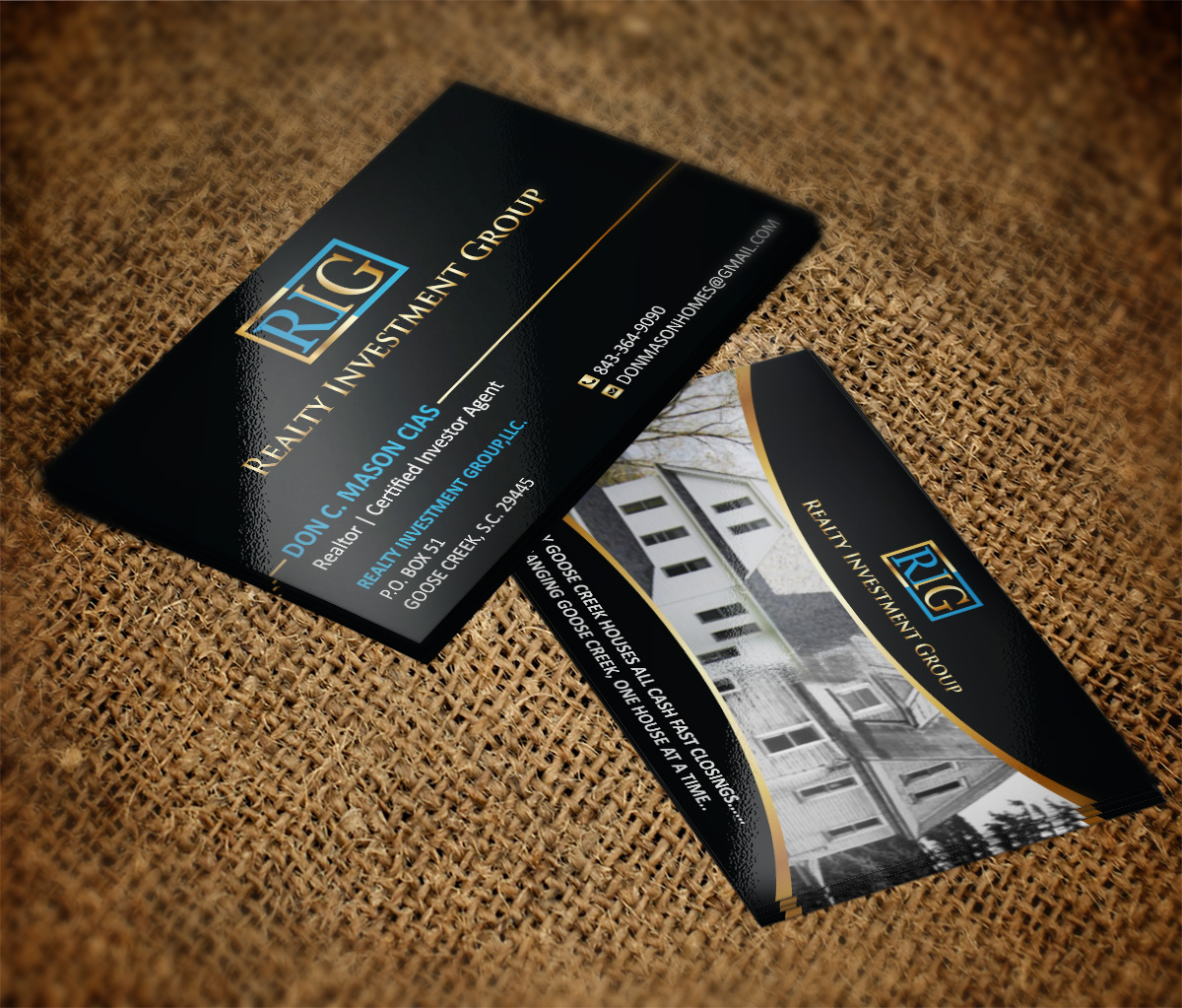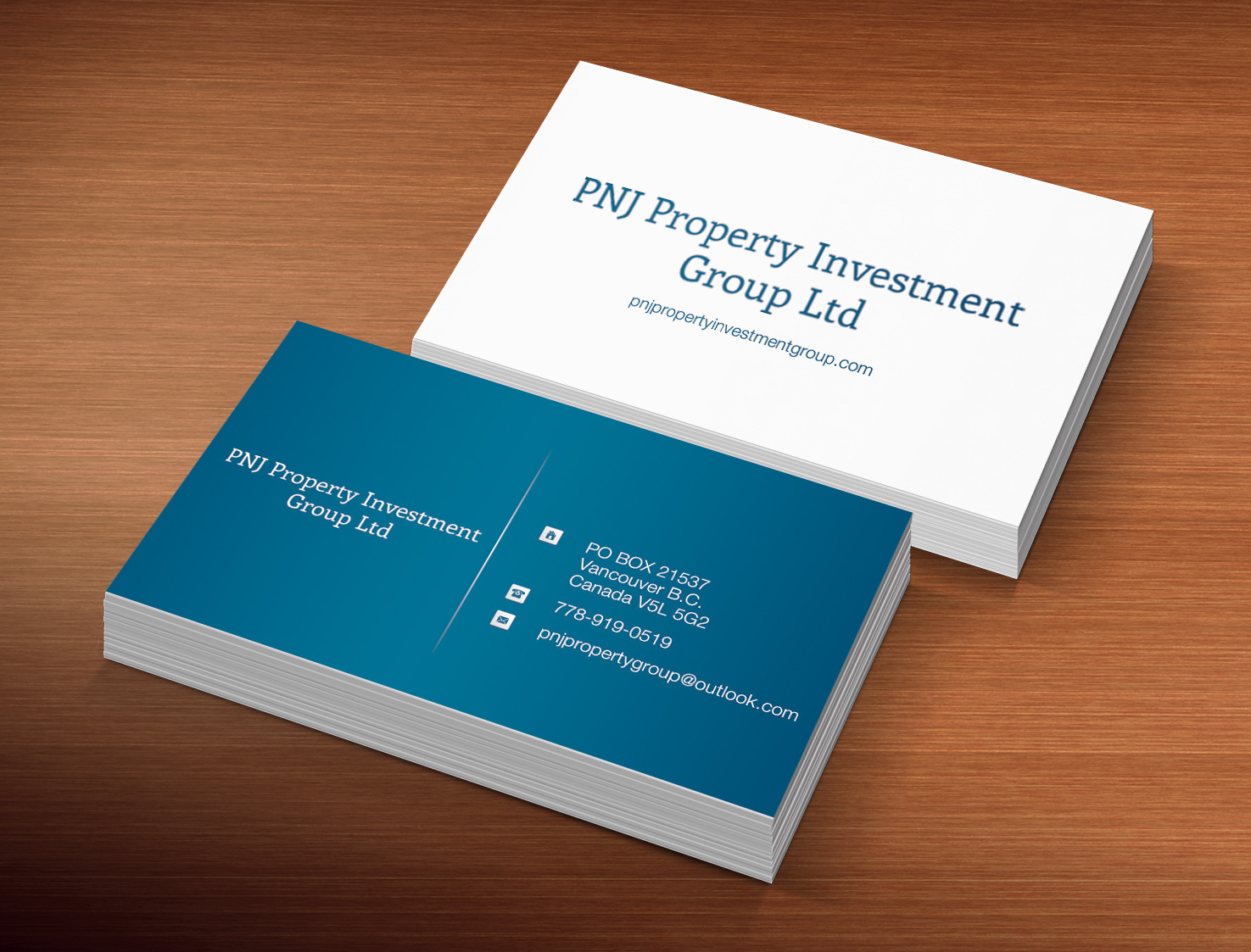
As an investor, you are always looking for new opportunities to network and connect with potential clients or partners. In today’s digital age, it’s easy to overlook the importance of a physical business card, but having a professional and well-designed investor business card can make a lasting impression and set you apart from the competition.
Why Investor Business Cards Matter

In a world where digital communication dominates, you might wonder why business cards are still relevant. However, the truth is that business cards continue to play a vital role in making connections and leaving a lasting impression. Here’s why investor business cards matter:
1. Tangibility in a Digital World
In a sea of emails and phone contacts, a physical business card stands out. It gives you a tangible presence, allowing potential clients or partners to remember you more easily. When you exchange business cards, it creates a personal connection that digital communication can sometimes lack.
2. Professionalism and Credibility
Investing is a serious business, and having a professional and well-designed business card can help you establish credibility and professionalism in the eyes of others. It demonstrates that you take your work seriously and are committed to creating a positive impression.
3. Convenience and Accessibility
With a business card, you provide potential clients with all the necessary contact information in one easily accessible place. They can quickly find your email, phone number, or social media profiles without having to look through their email archives or scroll through their phone contacts.
Key Elements of an Effective Investor Business Card

Investor business cards should be designed with a few key elements in mind to maximize their effectiveness and leave a lasting impression. Here are some essential elements to consider when creating your investor business card:
1. Simple and Clean Design
Keep your design simple, clean, and professional. Avoid clutter and excessive visual elements that might distract from the important information on the card. A minimalist design with appropriate fonts and colors will make your card stand out in a positive way.
2. Logo and Branding
Include your company’s logo and branding elements on your business card to create brand consistency. This helps reinforce your professional identity and makes it easier for others to recognize and remember you.
3. Contact Information
The main purpose of a business card is to provide contact information, so make sure to include your phone number, email address, and website URL. Additionally, consider including links to your social media profiles if they are relevant to your business.
4. Key Designations or Titles
If you have any key designations or titles that are relevant to your investments, include them on your business card. This provides a snapshot of your expertise and can spark interest or curiosity in potential clients or partners.
5. High-Quality Printing and Materials
Investing in high-quality printing and materials for your business cards is essential. A well-printed card on high-quality cardstock reflects positively on your professionalism and attention to detail. It also ensures that your card stands the test of time and doesn’t fray or fade easily.
Tips for Effective Networking with Investor Business Cards
Having a meticulously designed investor business card is just the first step. To fully leverage the power of your business card, here are some tips for effective networking:
1. Carry Your Cards Everywhere
Always have a stack of your business cards with you whenever you are attending industry events, conferences, or even casual social gatherings. You never know when an opportunity to network might arise, and having your cards ready will ensure you don’t miss out on potential connections.
2. Be Selective in Distributing Your Cards
While it’s essential to carry your cards everywhere, you should also be selective in who you give them to. Take the time to have meaningful conversations and establish a connection before exchanging business cards. This ensures that your cards go to individuals who are genuinely interested in what you have to offer.
3. Request Others’ Business Cards
When someone hands you their business card, make sure to request one in return. This shows that you value their contact information and are interested in continuing the conversation or exploring potential collaborations.
4. Follow Up Promptly
After a networking event or meeting, make it a point to follow up with individuals you exchanged business cards with. Send a personalized email or connect on LinkedIn, referencing the discussion you had and expressing your interest in further collaboration. This demonstrates professionalism and helps solidify the connection made during the initial meeting.
Conclusion

Investor business cards still hold significant value in today’s digital world. By investing in a well-designed and professional business card, you can make a lasting impression on potential clients or partners. When used in combination with effective networking strategies, these cards become powerful tools for growing your investment network and showcasing your expertise. So, don’t underestimate the power of a simple piece of cardstock â_x0080__x0093_ your investor business card could be the key to unlocking new opportunities for your investment career.
Samuel Anderson, a branding connoisseur, brings his knack for design and a strong marketing background to the forefront. He’s a voracious reader and enjoys delving into psychology, which he incorporates into his marketing strategies for business cards and brand development.